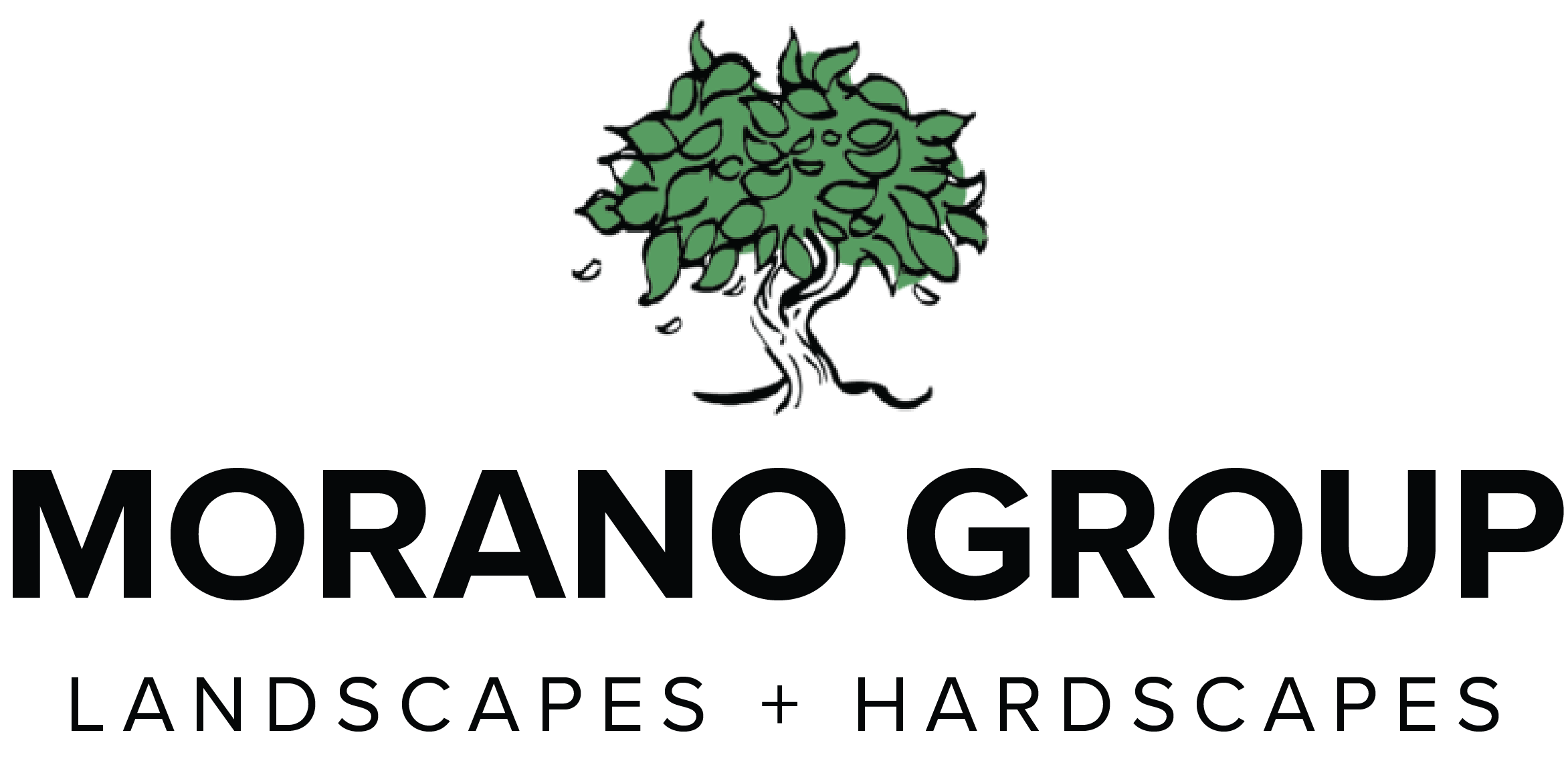Allergies and the garden
Allergies and the garden
Ah-choo! This is a particularly bad allergy season. But it doesn’t mean you have to give up being in – and working in – the garden.
You don’t have to be an ear, nose and throat specialist to know that everywhere in our area, people are complaining about allergies they never had before or that have intensified.
The culprit? A warm winter has accelerated pollen in trees and weeds, lengthening a season that runs from March to October anyway. The return of El Niño this summer means warmer temperatures, including a warmer winter that is likely to repeat the pattern.
Some allergy sufferers simply can’t work outdoors. For most of us, however, it’s a delicate dance between the garden and our sinuses. How to navigate the problem?
First, if you really can’t cope, consult a doctor to pinpoint the root cause. If you take allergy medications, do so before you garden. Even if the problem is less severe, consider masking up and wearing gloves when working out of doors. Never touch your hands to your face without washing them first.
In all things pollen-related, water is your friend. Consider timing your landscaping duties to after a rainfall when pollen has been washed away. In any event, after working in the garden, wash your hands and rinse your eyes with cold water. Take a shower in the evening to avoid adding pollen to bedding.
In addition, the American College of Allergy Asthma and Immunology (ACAAI) also recommends working with bright, colorful, insect-pollinated plants that produce a stickier pollen that is less likely to blow in the wind and assault the nasal passages. Fortunately, many of the botanicals that are popular in our area are those that don’t trigger allergies, including apple, dogwood, pear and plum trees; azaleas, daffodils; dogwoods, hibiscus; lilacs; roses; sunflowers; and tulips.
As always, we at the Morano Group are ready to stand as a buffer between your landscaping and your allergies.

